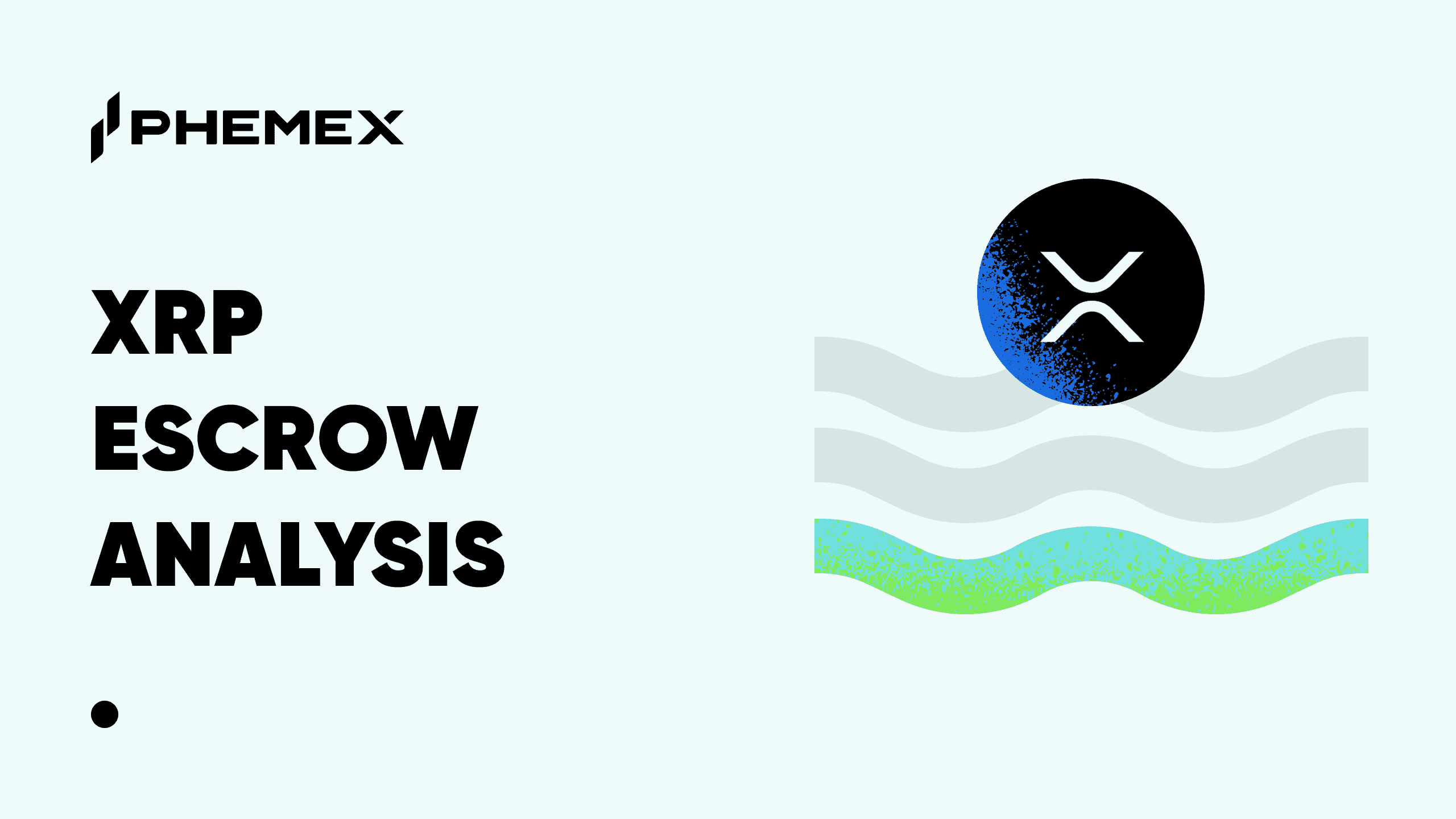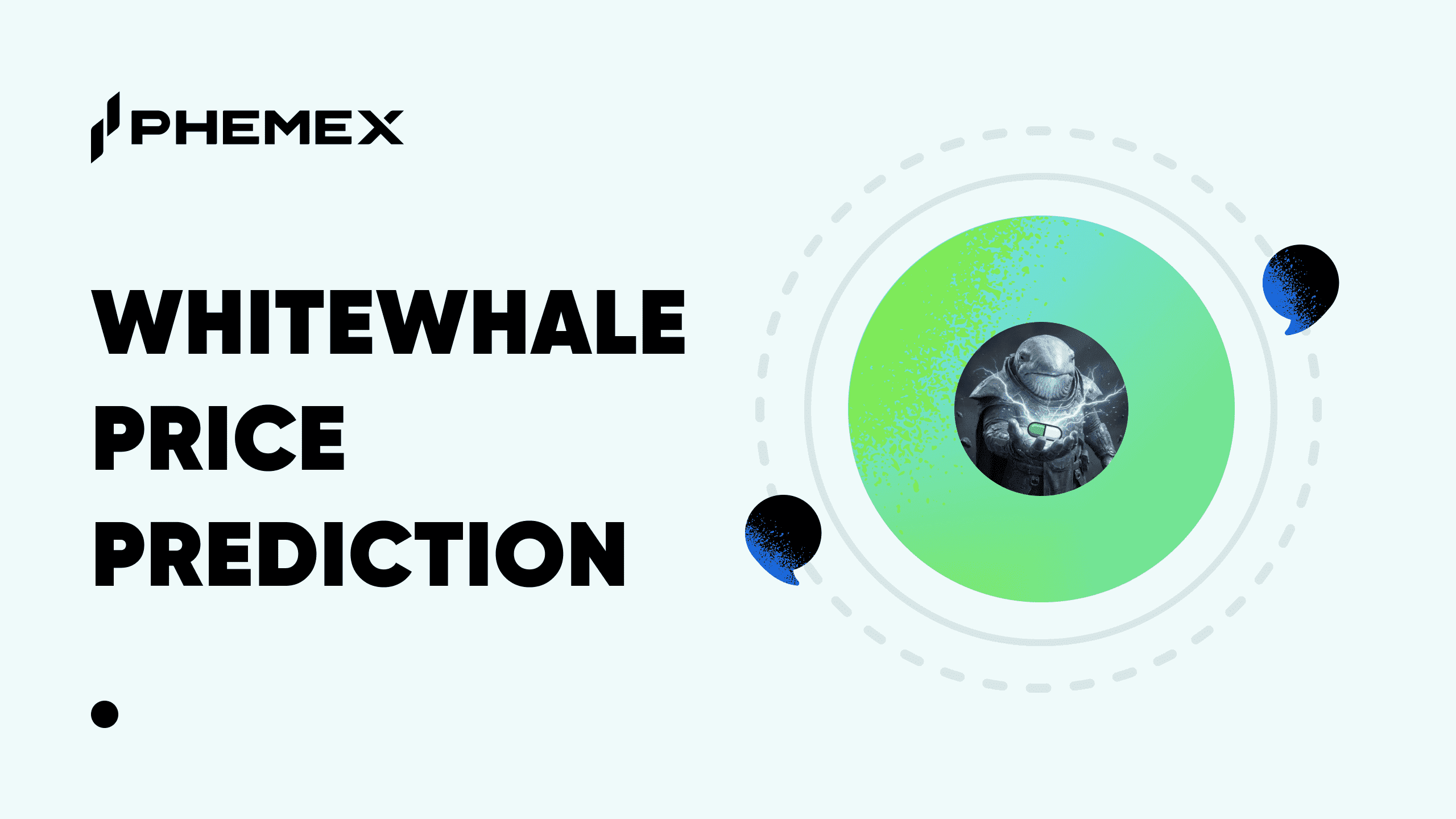 Background and Overview of Recent Phishing Incident in Cryptocurrency
Background and Overview of Recent Phishing Incident in Cryptocurrency
Cryptocurrencies have ushered in an era of decentralized finance but they’ve also introduced complex security challenges that necessitate robust defenses to safeguard investments. These digital assets operate on principles of blockchain technology, offering transparency and reduced transaction times. On the other hand, users can be easily exposed to unique vulnerabilities due to their digital and decentralized nature.
Recently, the cryptocurrency community witnessed a stark reminder of these vulnerabilities with a significant phishing attack involving Wrapped Bitcoin (WBTC). In this incident, an attacker managed to steal over $71 million worth of WBTC by exploiting a common vulnerability in the way cryptocurrency transactions are conducted. The attack, categorized as an "address poisoning" scam, targeted a major cryptocurrency operator who mistakenly transferred a large amount of WBTC to a fraudulently mimicked wallet address.
Details of the Incident
The incident unfolded when the victim intended to transfer 1,155 WBTC, which was worth approximately $71.1 million at the time, to another wallet. Unbeknownst to the victim, the attacker had crafted a wallet address that closely resembled the intended recipient's address. This method of attack exploits a typical user behavior—only verifying the first few and the last few characters of a wallet address on transaction screens, where the middle characters are often truncated to simplify the display.
The attacker further laid the groundwork by sending small, inconsequential amounts of cryptocurrency (often termed "dust") to the victim's wallet from the mimicked address. This tactic was intended to familiarize the victim with the fraudulent address, increasing the likelihood that it would be mistakenly used for a significant transaction. Sadly, the strategy succeeded, and the substantial sum of WBTC was transferred to the attacker’s address instead of the intended recipient.
This event serves as a critical lesson for the cryptocurrency community, highlighting the ingenuity of phishing tactics in the blockchain space and the ongoing need for heightened security awareness and measures. As we delve deeper into strategies to defend against such phishing attacks, it is crucial for all stakeholders in the cryptocurrency market to recognize and prepare for the sophistication of these security threats, ensuring they do not become the next victims.
In a surprising turn of events, the phishing group that nabbed 1155 Wrapped Bitcoin (WBTC) has returned all 22,960 Ethereum (ETH), valued at $66.88 million, back to the victim’s address. This wraps up the recovery of the stolen assets, sticking to the victim's promise of a 10% bounty. The quick return of the stolen funds really shows how effective teamwork can be in tackling cybercrime in the crypto world.
What is a Phishing Attack?
A phishing attack is a type of social engineering where the attacker attempts to trick the victim into giving away sensitive information, such as login credentials or wallet private keys, or into sending cryptocurrency to an attacker-controlled wallet. These attacks often involve the attacker posing as a trusted entity, using fake websites, emails, or messages that appear remarkably legitimate. In the context of cryptocurrencies, phishing can be particularly damaging due to the irreversible nature of blockchain transactions.
How to Defend Against Phishing Attacks
- Education and Awareness: The first line of defense against phishing is awareness. Users should be educated about how phishing works and the common signs of a phishing attempt, such as unsolicited requests for information and grammatical errors in official-looking emails.
- Using Hardware Cold Wallets: Storing cryptocurrencies in hardware cold wallets can significantly reduce the risk of phishing. These devices keep private keys offline and require physical interaction, which makes unauthorized access much harder.
- Multi-Factor Authentication (MFA): Enabling MFA provides an additional layer of security, ensuring that the entry of a password alone is not enough to access sensitive accounts.
- Verify Links and Emails Carefully: Always check the URL of a website and the sender's email address to verify authenticity. Avoid clicking on links or downloading attachments from unknown or suspicious emails.
- Regular Updates and Anti-phishing Software: Keeping software updated and utilizing anti-phishing tools can help protect users from some of the latest phishing techniques.
Types of Crypto Scams
- Fake ICOs (Initial Coin Offerings): Scammers create a fake ICO, collect money from investors, and then vanish. This was more prevalent during the 2017 crypto boom.
- Ponzi and Pyramid Schemes: These schemes promise high returns from crypto investments but pay profits to older investors using funds from newer investors.
- Rug Pulls: In a rug pull, crypto developers abandon a project and leave with investors' funds. These can happen for token launches, DeFi platforms, NFT projects, and all types of developer-centric protocol
- Pump and Dump Schemes: Groups artificially inflate the price of a small, lesser-known crypto by promoting it (the pump), then selling their shares at the heightened price (the dump), leading to the price crashing and other investors losing their money.
- Address Poisoning: As seen in the article provided, this involves the creation of a wallet address that closely resembles a legitimate address. The scammer hopes the victim will mistakenly send funds to the wrong address by copying the similar-looking address.
How to Safely Buy Bitcoins (BTC) through a Crypto Exchange?
Numerous companies provide services for bitcoin trading, offering either direct ownership or mere exposure to its price movements. For those interested in purchasing bitcoin, a crypto exchange such as Phemex is a recommended starting point.
Be mindful of trading fees and other considerations like storage.
Step 1: Select a Crypto Trading Platform
The most straightforward way to purchase bitcoin for an individual is via a crypto exchange, such as Phemex
Online brokerages like Robinhood also enable their clients to acquire bitcoin and other cryptocurrencies.
Tip: You will need a crypto wallet to store your coins. Although crypto trading platforms provide exchange accounts, using a cold wallet for storage is generally more secure.
Step 2: Establish an Account
Most platforms require users to verify their identity and link a payment method.
While some decentralized exchanges permit anonymity, major exchanges like Phemex encourage identification documents via KYC. The setup process mirrors that of traditional brokerage accounts, with many centralized exchanges adhering to Know Your Customer standards. You might need to provide:
- A government-issued ID.
- Social Security number or taxpayer identification number.
- An ID photo or video for confirmation.
- Documents proving your address.
When choosing a crypto trading platform, consider that different exchanges support various payment methods, and fees can differ.
Step 3: Make a Purchase
Crypto exchanges support many of the same types of orders as traditional online brokers. Commonly supported orders include:
- Market order: Your trade executes at the next available price.
- Limit order: You set a specific price for selling or buying crypto, aiming to match or beat this price. If the price isn't met, the order is canceled.
- Stop-limit order: This order turns into a market order once your specified price is reached. The final price may be higher or lower than your set limit.
Step 4: Secure Your Crypto
There are several ways to store your bitcoin. Two prevalent methods are hot wallets and cold wallets:
- Hot wallet: An online wallet or exchange account that offers convenience and easy access. However, they pose higher security risks due to their connectivity, making them more susceptible to hacks and cyberattacks.
- Cold wallet: These are small, encrypted portable devices, often resembling USB drives. They are typically seen as safer due to their offline nature, which shields them from traditional hacking methods. If holding your coins on an exchange, the exchange is your crypto custodian and likely keeps a portion of assets in a hot wallet with a majority in a cold wallet. This is what Phemex does via its proprietary Deterministic Hierarchical Cold Wallet system, to ensure maximum security










